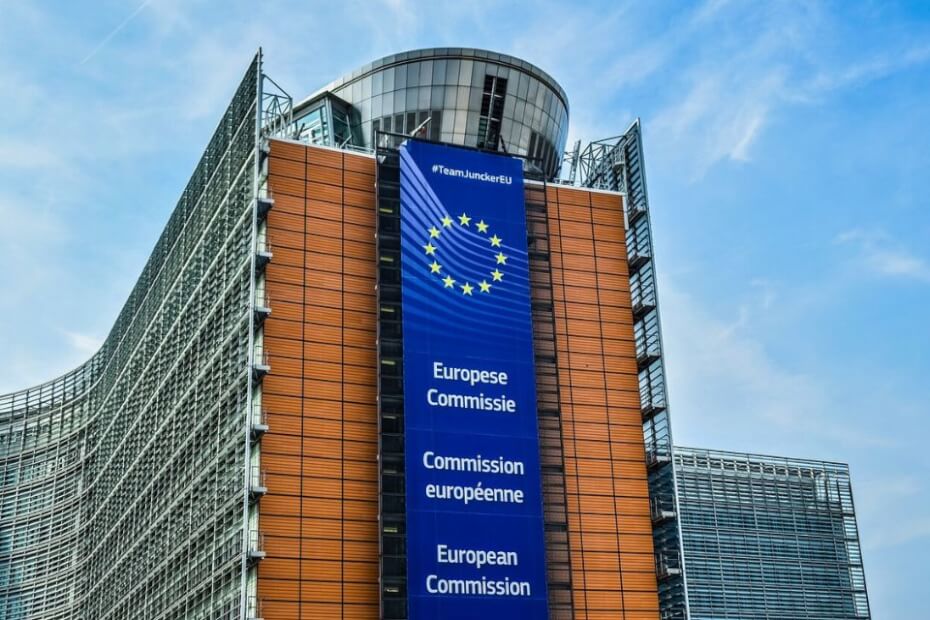
The European Union has officially approved a landmark overhaul of its asylum and migration rules.
On 14 May 2024, the European Council adopted ten new laws covering all aspects of the migration process.
The rules will help manage orderly arrivals, create efficient procedures, and ensure fair burden sharing among Member States.
It will set screening procedures for asylum applications, relocation of refugees, and returning rejected cases.
Belgian State Secretary for Asylum and Migration Nicole de Moor stated that the new Pact will “ensure a fairer and stronger migration system” for the bloc.
“These new rules will make the European asylum system more effective and increase solidarity between member states,” she said in a news release.
De Moor added that the EU would also “continue its close cooperation with third countries to tackle the root causes of irregular migration.”
She stressed, “Only jointly can we find responses to the global migration challenge.”
Key aspects of the EU’s Asylum and Migration Reform Pact
The EU’s new Asylum and Migration Reform Pact aims to improve the entire European framework on asylum and migration.
Below are the critical aspects of the new legislation:
Standardized migrant screening
It outlines standardized processes for fast migrant identification and assessing asylum applications at EU borders.
Authorities can direct irregular migrants and asylum applicants to the appropriate procedures at external borders.
The standard migrant screening process will help identify non-admissible cases upfront.
It also ensures consistent identification, security, vulnerability checks, and health evaluations.
Updated Eurodac database
Updates to the Eurodac database will allow gathering more complete and accurate data on migrants, including biometric data.
Eurodac collects data on various migrants, including those who apply for international protection and those who arrive illegally in the EU.
It will help to monitor the arrival and asylum-claiming histories of migrants more accurately.
Asylum assessment procedure
The new framework allows for streamlined EU-wide asylum procedures with a mandatory border process for typical cases.
It includes a return regulation, providing rules for deporting rejected asylum seekers.
The new asylum process determines which EU country handles each asylum application.
It also introduces a responsibility-sharing system among Members.
Member states with more asylum applicants than they can handle can request that refugees be relocated to other EU member states.
They can also request operational support if necessary.
The EU will set quotas to determine how each nation can contribute by taking in people or providing resources.
During crises and emergencies, asylum procedures can be adjusted when the number of applicants becomes too high.
Extended processing deadlines or limited asylum safeguards can occur in situations like mass arrivals or force majeure events.
With the approval of the European Council, the crisis mechanism can only be used in exceptional circumstances and for as long as necessary.
Managing irregular arrivals
One of the goals of the new framework is to decrease incentives for unauthorized entries.
Irregular migrants will undergo an expedited asylum process, with a swift return of rejected cases from frontline states.
Qualifications for international protection
The Pact establishes uniform rules and criteria for granting international protection and sets standards for the reception of asylum seekers.
This will help reduce secondary movements between Member States.
EU resettlement eligibility
The new legislation’s resettlement regulation deals with legal and safe pathways to the EU.
This will be done by establishing standard rules for resettlement and humanitarian admission.
Third countries handling EU migration procedures
Some Member States are not entirely on board with the new mandatory relocation and responsibility-sharing obligations.
Denmark and Czechia advocated setting up asylum processing centers for non-EU countries willing to host these refugees.
This “externa” migration, similar to the United Kingdom’s (UK’s) Safety of Rwanda Act, was not included in the adopted legislation.
Still, some EU Member States aim to pursue bilateral agreements to outsource parts of their asylum processes outside Europe.
Critics argue that such policies violate international humanitarian norms and are difficult to monitor.
Some say it could deter irregular migrants while still honoring legal obligations for genuine asylum seekers and refugees transferred through official channels.
Implementing the new asylum and migration framework
The European Commission will soon develop precise and standard implementation guidelines for the new asylum and migration framework.
Member States will have two years to implement the adopted asylum and migration laws.
They must establish independent monitoring systems and prepare to handle new migrant screening obligations and potential relocation responsibilities.
The goal is for the entire overhauled system to be operational across the EU by early 2026.

